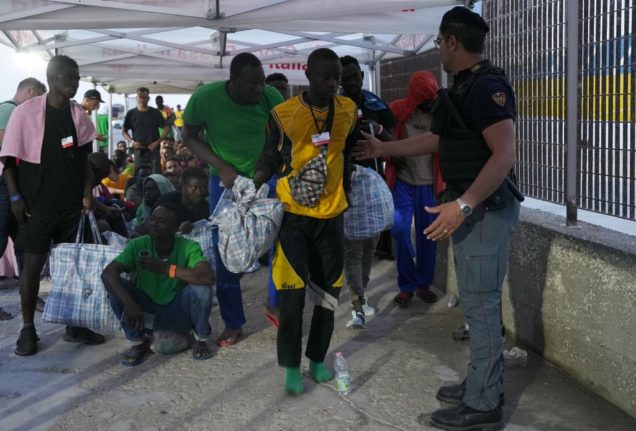This is shown by a new study on economic history by the Dresden Branch of the ifo (Information and Forschung) Institute.
Research shows that despite the reunification of Germany, which happened 30 years ago this year, the two parts of the country are “drifting apart, almost unchecked,” said Felix Rösel, the study's author.
Rösel told The Local that the states which make up eastern Germany had 13.6 million residents in the year 1905 – the same amount expected in these regions by the end of 2019.
READ ALSO: Why and how was the Berlin Wall built?
Meanwhile, the population of western Germany has more than doubled. It had 32.6 million residents in 1905 and is now expected to have 68.3 million people by the end of this year.
“The enduring impact of the postwar division of Germany is something that the general public thoroughly underestimates, even today,” Rösel added. “This aspect is often overlooked and requires special political consideration.”
The study shows that had Dresden and Leipzig experienced the same growth as western Germany, they would now be twice as big. Some 550,000 people currently live in each of the two cities in the state of Saxony.
“Indeed both cities would have over a million inhabitants,” ifo researcher Rösel calculated.
READ ALSO: Talkin' bout my generation: What unity means to eastern Germany
Mass exodus
According to Rösel, the main reason for the population decline in eastern Germany is the mass exodus from the then East Germany between 1949 and the building of the Berlin Wall in 1961.
 The Wall being built in August 1961. Photo: DPA
The Wall being built in August 1961. Photo: DPA
The study said that the migration towards the west after the fall of the Berlin Wall 30 years ago has also contributed to the “divergent population development in eastern and western Germany”.
In contrast, before the division of Germany some 70 years ago, eastern and western Germany had developed essentially in parallel.
READ ALSO: The east – west divide is diminishing but differences remain
As The Local has previously reported, almost one in five of the approximately 82.8 million people in Germany live in the former east, according to Federal Statistical Office.
However, whilst about five million more people live in the former west now than at the time of the “Wende”, since 1989, the population in the ‘new' federal states and Berlin has fallen by about two million.
“While incomes and unemployment rates in the east and west are slowly converging, the population figures are drifting further and further apart,” Rösel said.
'Division has bled rural areas to death'
The report author said the focus should not only be on providing funding to major eastern German cities – but also to the countryside.
“The division of Germany has bled rural areas in the east to death,” he said. “An end to support for these areas would come as a particularly unfair double punishment.”
Rösel said that action was needed to bring communities together.
“We need exactly the opposite: we must promote social cohesion both in cities and in the countryside,” he added.



 Please whitelist us to continue reading.
Please whitelist us to continue reading.
Member comments